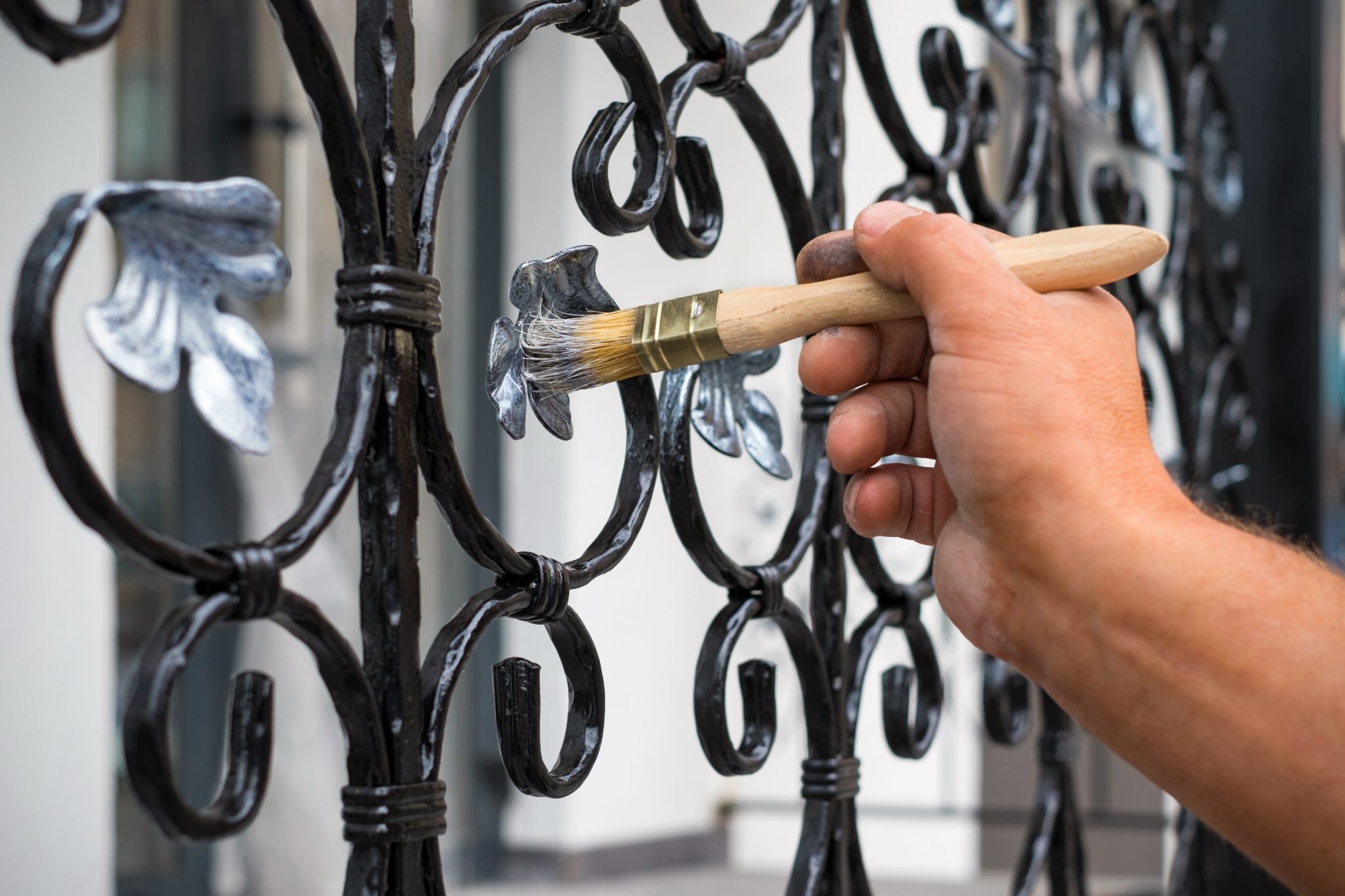Six Things You Should Know Before Painting Metal
Painting metal surfaces requires careful preparation and the right materials to ensure a durable and attractive finish. Whether updating outdoor furniture, fixtures, or decorative items, following these guidelines will help achieve professional results.
Address Rust Issues
Before painting, inspect the metal for rust. Rust can compromise the adhesion of paint and lead to further deterioration. Remove any rust using a wire brush or sandpaper, ensuring a smooth surface. For persistent rust, applying a rust converter can neutralize it and prevent future formation.
Thoroughly Clean the Surface
Metal surfaces often accumulate grease, dirt, and other contaminants that hinder paint adhesion. Clean the metal with a degreaser or mineral spirits to remove any residues. Ensure the surface is completely dry before proceeding to the next step.
Prepare Galvanized Metal Properly
Galvanized metal poses a unique challenge due to its zinc coating, which can resist paint adhesion. To prepare, clean the surface with a mild detergent, rinse thoroughly, and let it dry. Lightly sanding the surface can also help the primer adhere better.
Select Appropriate Paint and Primer
Choosing the right type of paint and primer is crucial for metal surfaces. Use a primer specifically designed for metal to enhance adhesion and provide a protective layer. For the topcoat, opt for paints formulated for metal applications, such as enamel or acrylic-based paints, which offer durability and resistance to the elements.
Decide on the Best Application Method
The method of paint application can affect the final outcome. Options include brushing, rolling, or spraying. Brushing allows for precision but may leave brush marks; rolling covers large areas efficiently; spraying provides a smooth, even finish but requires proper equipment and ventilation. Choose the method that best suits the project's scale and desired finish.
Allow Adequate Drying Time
Rushing between coats can lead to imperfections and prolong drying times. Follow the manufacturer's recommendations for drying times between primer and paint coats. Ensure the environment is conducive to drying, with low humidity and moderate temperatures, to achieve the best results.
Achieving a flawless finish on metal surfaces involves meticulous preparation and attention to detail. Ensuring the metal is clean, rust-free, and properly primed sets the foundation for a long-lasting paint job. Selecting suitable materials and allowing sufficient drying time further contribute to the durability and appearance of the finished project.
